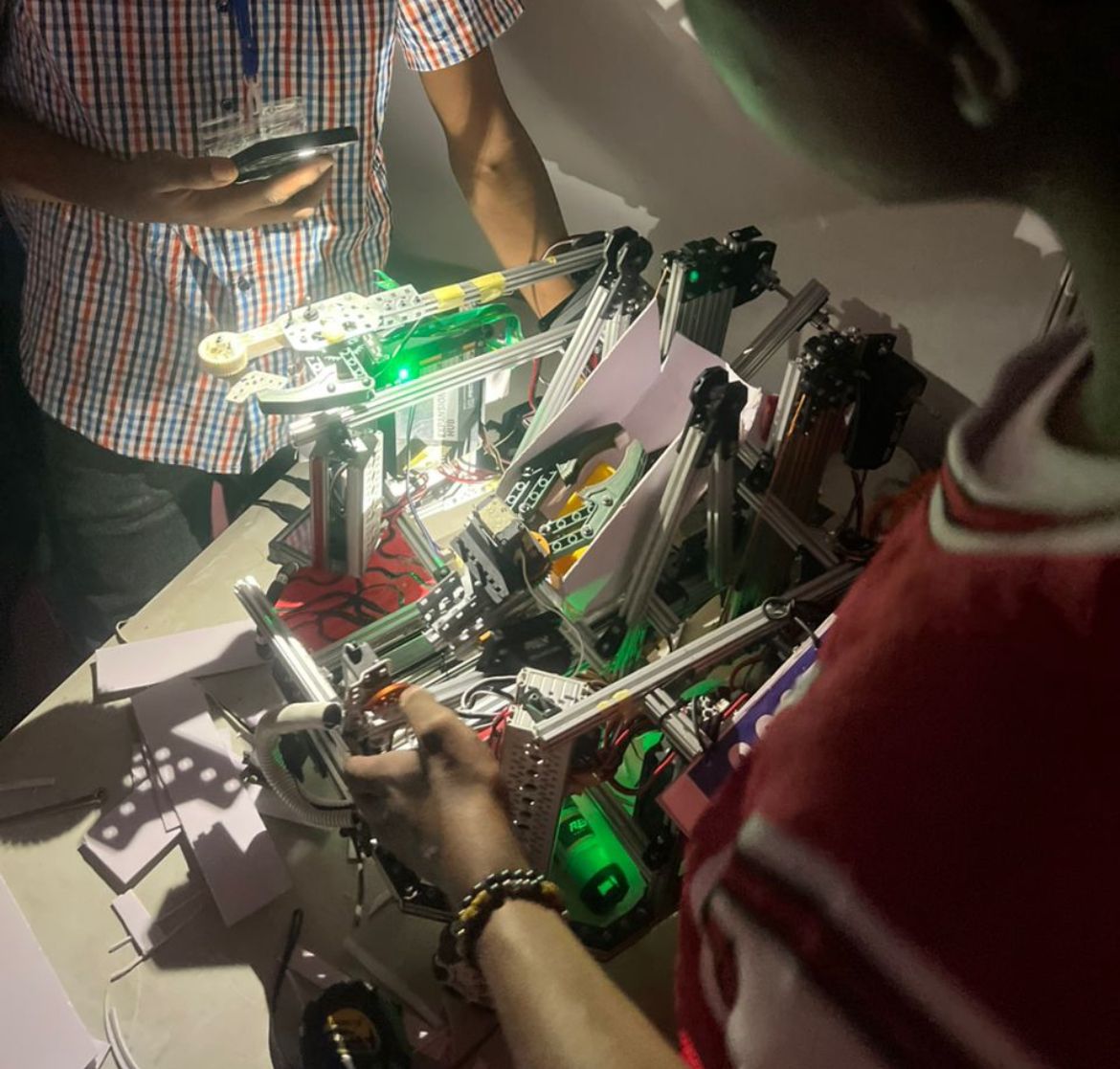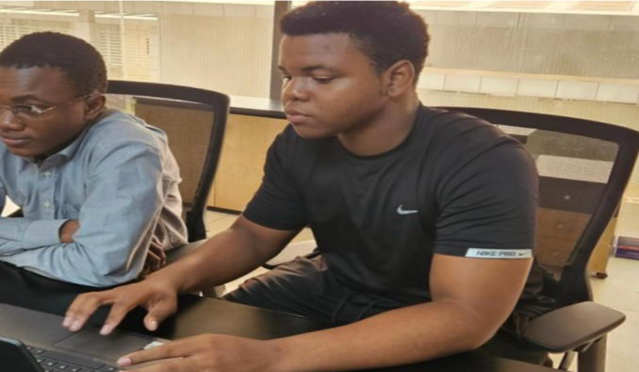Design Thinking is more than a method — it’s a mindset. It helps you look at problems from a human point of view, encouraging creativity, collaboration, and experimentation. Instead of focusing only on technical or academic solutions, design thinking asks: “What do people really need?”
It’s used by top companies, social innovators, and educators — but it’s also perfect for students and young creators who want to make change in their communities.

1. What Is Design Thinking?
Design Thinking is a human-centered process that helps you find innovative solutions to real-world problems. It combines empathy (understanding people), creativity (generating ideas), and logic (testing and refining them).
It’s based on five main stages:
- Empathize – Understand users and their needs.
- Define – Identify the real problem.
- Ideate – Come up with many creative ideas.
- Prototype – Build simple models or examples.
- Test – Try them out and get feedback.
These stages are flexible, not fixed. You can move back and forth as you learn more about your users and your ideas.
2. Why It Matters
The world needs problem-solvers who can think beyond textbooks — people who can connect ideas with empathy. Design thinking builds critical 21st-century skills like creativity, collaboration, communication, empathy, and adaptability.
For young innovators, it’s a mindset that can turn curiosity into impact.
3. The Five Stages in Action
Stage 1: Empathize
Talk to people, observe their experiences, and understand their emotions. You’re not looking for quick answers — you’re trying to see the world through their eyes.
Example: Interview classmates about what makes studying stressful or fun.
Stage 2: Define
After listening, look for patterns or common frustrations. Then write a clear problem statement, like: “How might we help students stay focused during online classes?”
Stage 3: Ideate
Brainstorm many ideas without judgment. The goal is volume, not perfection. Encourage wild ideas and mix them together.
Example: “Study break timer,” “Focus playlist app,” or “Gamified study challenge.”
Stage 4: Prototype
Turn your ideas into something visible or tangible — even if it’s just a paper sketch or digital mockup. Prototypes help you see what works and what doesn’t quickly.
Stage 5: Test
Share your prototype with real users. Ask what they liked, what didn’t work, and how they would improve it. Testing helps you refine ideas before launching them.

4. The Design Thinking Mindset
Beyond the steps, design thinking is about how you think:
- Be Empathetic: Focus on people’s real feelings and needs.
- Be Curious: Ask “why” often.
- Be Creative: Don’t fear crazy ideas — they lead to breakthroughs.
- Be Experimental: Test, fail, learn, and improve.
- Be Collaborative: Work in diverse teams. Different views spark better ideas.
5. Where to Apply It
Design thinking isn’t only for designers. You can use it in almost any field:
- Education: Improving how students learn.
- Technology: Building apps that solve real problems.
- Health: Designing tools for better wellbeing.
- Environment: Finding ways to reduce waste or pollution.
- Community projects: Creating local solutions that matter.
Example: A team of students used design thinking to create a simple solar-powered lamp for rural areas without electricity.
6. How to Start Practicing
You don’t need special tools — just curiosity and teamwork. Here’s a simple way to begin:
- Pick a small challenge in your community or school.
- Interview people affected by it.
- Define what’s really wrong.
- Brainstorm 10+ ideas to fix it.
- Pick one idea and make a quick prototype.
- Test it and improve it.
Keep your process documented — take pictures, notes, or short videos of your journey.
7. Common Mistakes to Avoid
- Jumping to solutions too fast.
- Ignoring user feedback.
- Being afraid of failure.
- Working alone instead of collaborating.
Remember: every “failed” idea is one step closer to a great one.
8. Resources to Learn More
- IDEO Design Kit: Free online tools and exercises.
- Stanford d.school: Beginner-friendly resources and case studies.
- YouTube Channels: TED-Ed, CrashCourse, and The Futur for visual learners.
- Books: “Creative Confidence” by Tom & David Kelley.
9. Final Thoughts
Design Thinking isn’t about being perfect — it’s about staying curious, creative, and empathetic. Start small, test boldly, and learn as you go. The more you practice, the better you’ll become at turning ideas into impact.
You don’t need to be a designer to think like one — you just need to care enough to make things better.
